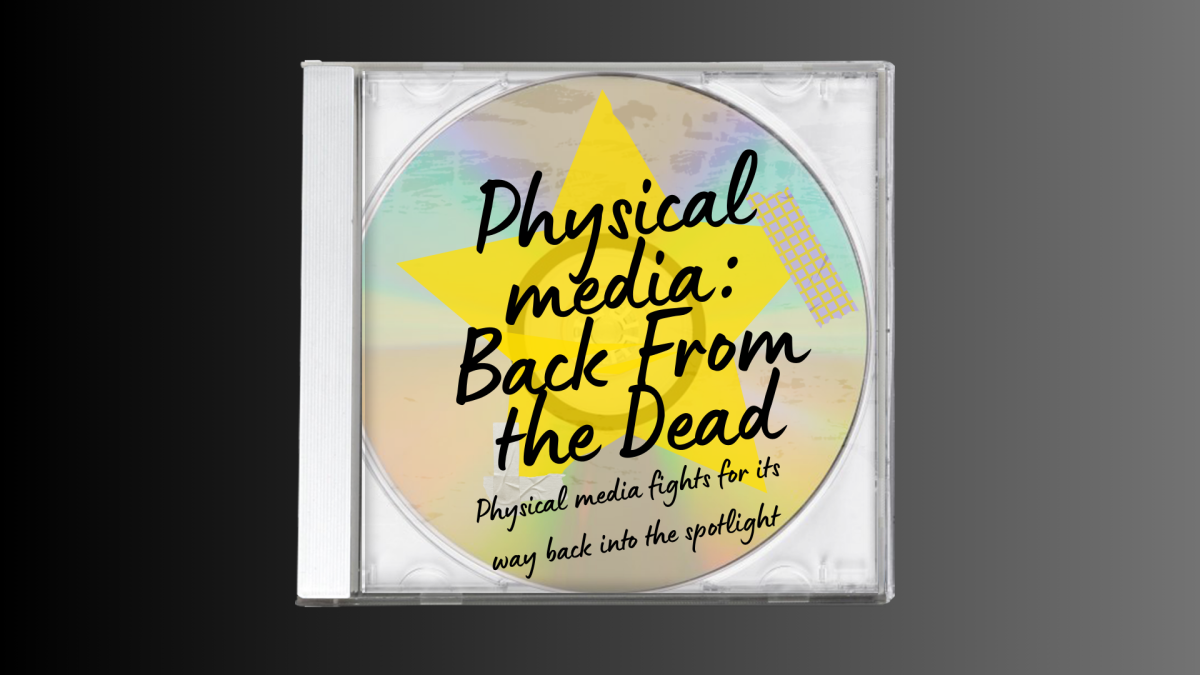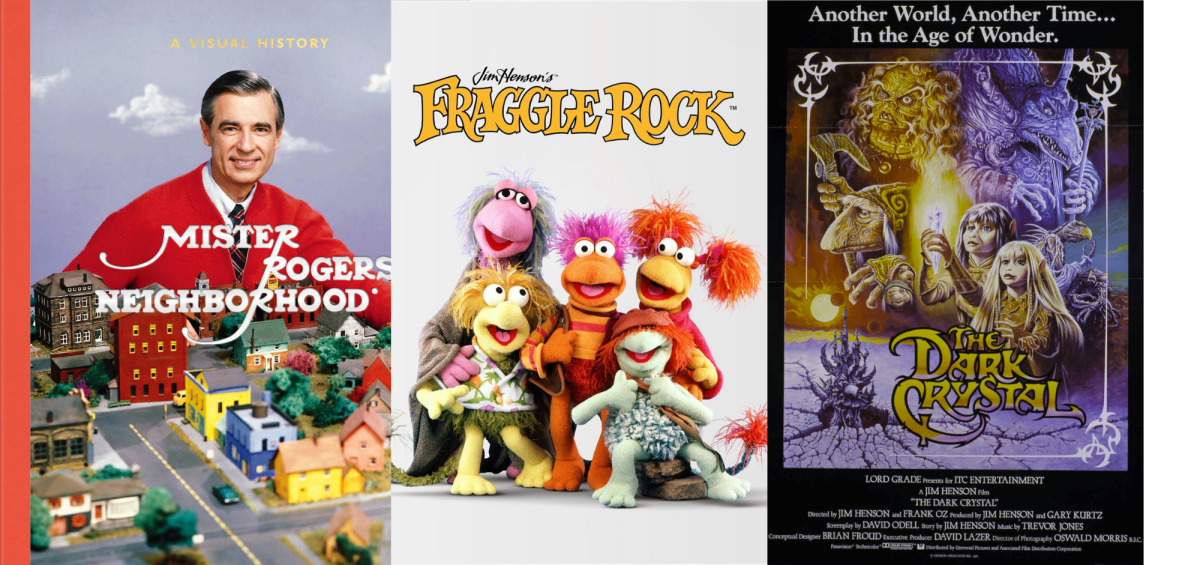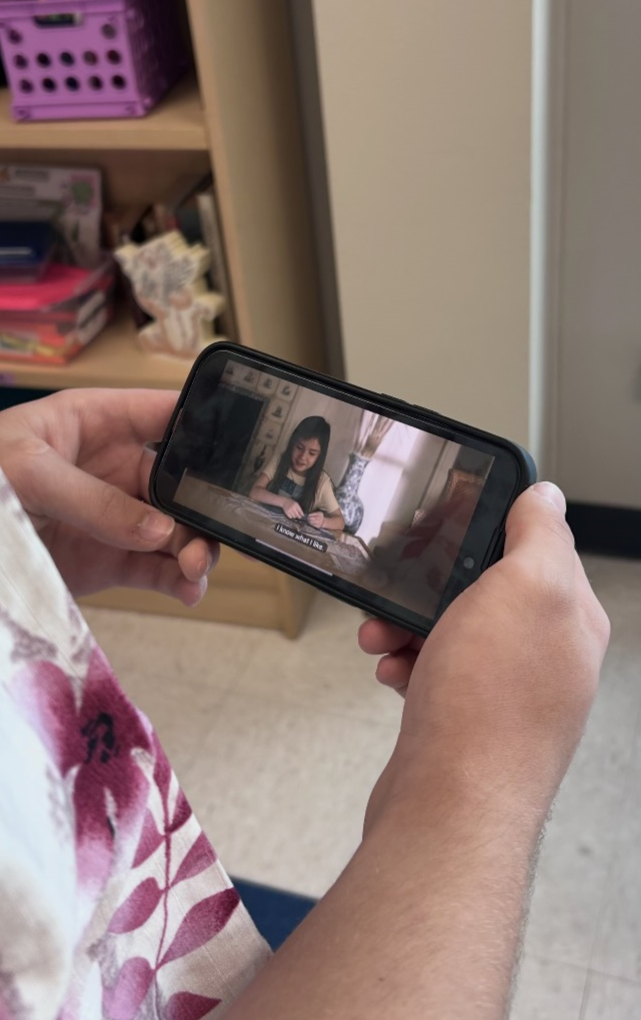My journey with “The Raven Cycle,” a four-book series by Maggie Stiefvater, began in 2020. I read it initially in freshman year, and despite liking the books, did not attach to them fully. However, over the course of the next several years, details and anecdotes from the books resurfaced, and I began wondering if there was something I’d missed on my initial read.
I reread the series last summer and fell in love with it completely.
“The Raven Cycle” is the story of a group of friends: Blue, Gansey, Ronan, Adam, and Noah, who find themselves drawn together in search of the burial ground of ancient Welsh king Glendower, whom they believe is buried near their Virginian hometown.
As the quintet set out on a quest — complete with tarot readings, ley line expeditions, and wild magic — they find themselves increasingly facing the challenges of the real world — the inevitability of high school graduation, financial concerns, and complex family dynamics.

“The Raven Cycle” is the perfect narrative to return to as time passes. Upon exploring the books, I found myself noticing different aspects of the plot, connecting with different characters, and interpreting messages in a new way. While the book features teenage characters and is part of the Young Adult (YA) genre, it’s a good transitional series — a bridge between YA and standard adult fiction — that expands the lines of what teen novels can do.
My fifteen year-old self appreciated the story’s exploration of post-graduation anxiety, the nebulous and intricate nature of friendships, and the underlying message about self-actualization.
My eighteen year-old self appreciated the in-depth look at internalized prejudice, the portrayal of evolving relationships with friends and oneself, and the reality that internal change is not always reflected externally.
All of the main characters undergo extensive change in different arenas of their lives. Ronan and Adam both grapple with finding pride inside their identities, Gansey and Noah both feel cheated of their childhoods and try to find a way to reclaim their youth, and Blue faces the breakdown of her fundamental ideas about the world and herself.
By spreading out these conflicts, Stiefvater is better able to explore the topics through the lens of specific characters while also allowing them to have personalities outside of their traumas.
It is ultimately a hopeful story, a testament to the ability of people to change, love, and build their lives even in difficult situations.
Further, it is a validation that change doesn’t need to be visible to be important. The reckonings the characters face are not ultimately reflected by large-scale communal change. The characters, despite their magic and growth, return to a world that is unfair and unchanged. This isn’t presented as an invalidation, however; rather, it is a testament to the power of good relationships. The friends don’t need the world to understand them so long as they have each other and their shared history.
The worlds that matter are the ones built with the people we love. These worlds may not be huge or globally important, but they are what matter. The sharing of love, time, and stories connects us and builds networks. These chosen families shape our lives for the better.
As perfectly phrased by Stiefvater herself: “In that moment, Blue was a little in love with all of them. Their magic. Their quest. Their awfulness and strangeness. Her raven boys.”
10/10 would search for a dead magical king again
Further breakdown:
Writing Quality: 10/10 Enjoyability: 10/10
Pace: 10/10 Visual elements: NA
Plot development: 10/10 Insightfulness: 10/10
Characters: 10/10
The books in order:
- “The Raven Boys”
- “The Dream Thieves”
- “Blue Lily, Lily Blue”
- “The Raven King”







